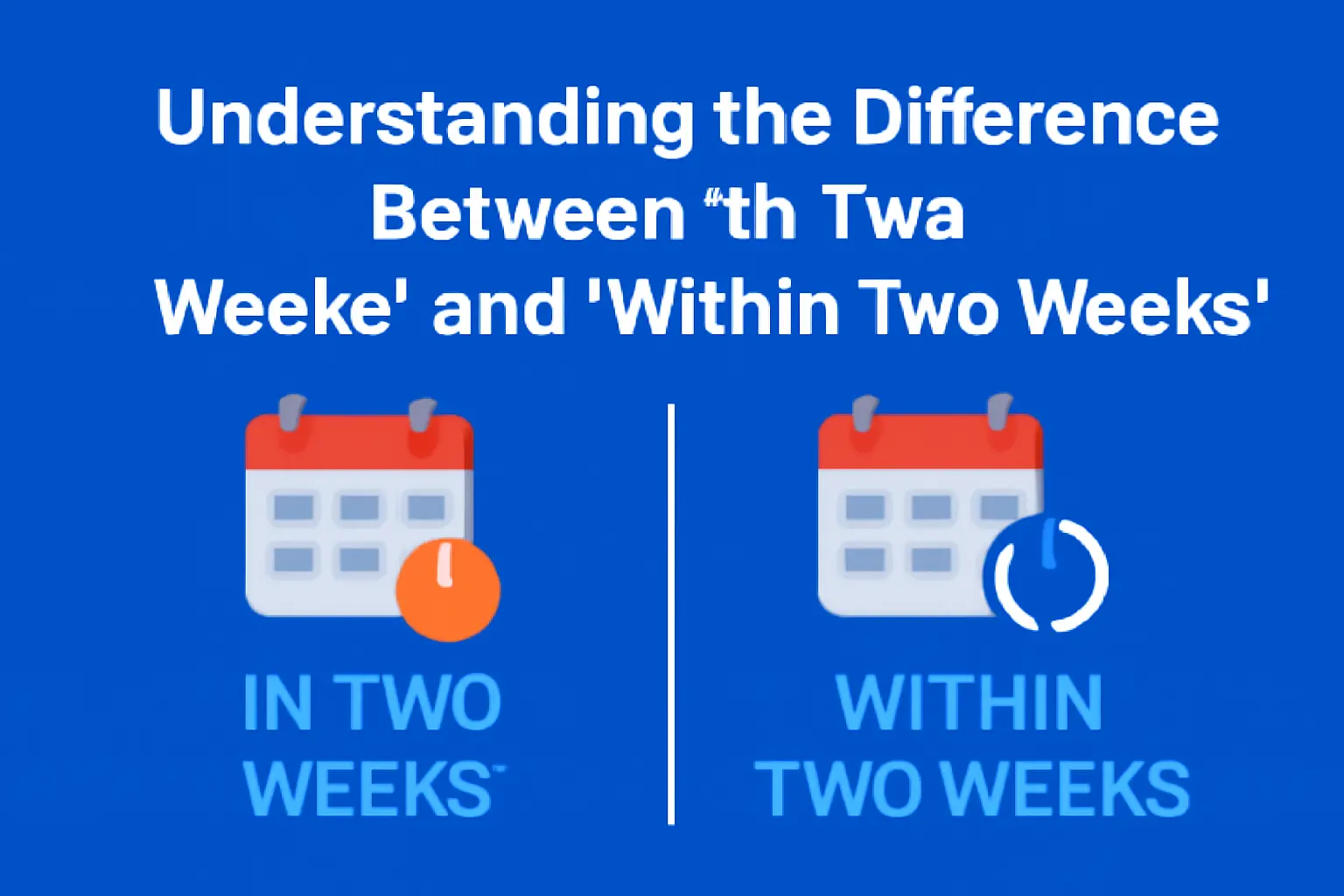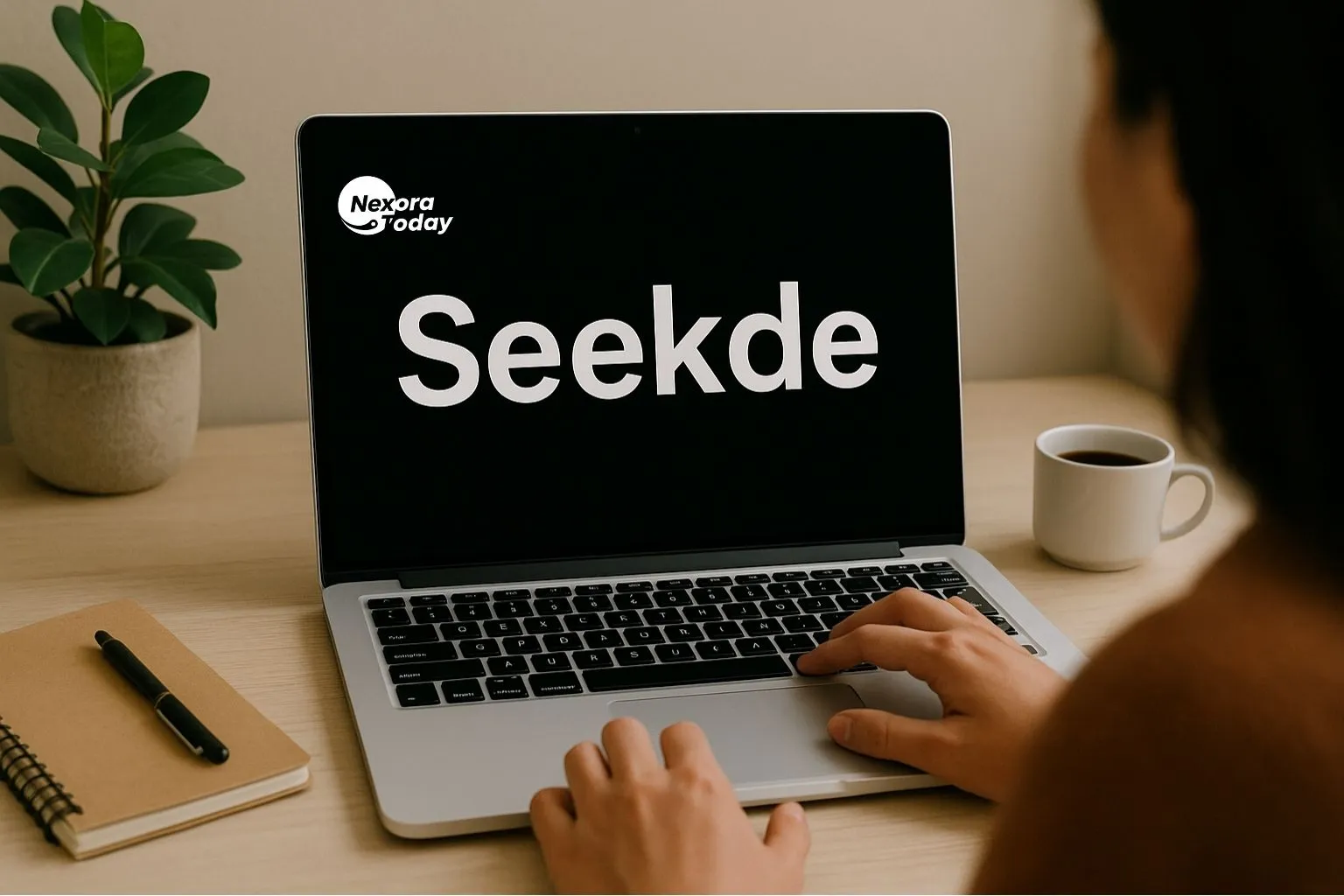In today's world of digital learning and collaboration, there is a high demand for tools that simplify participation and engagement. One tool that is becoming increasingly popular is JoinPD. Whether you are a teacher, student, or presenter, JoinPD offers an intuitive platform designed to streamline your interactions. This article provides a detailed description of JoinPD, specifically what JoinPD.com is used for, how to use JoinPD, and some important tips to help beginners get started quickly and effectively.
What is JoinPD?
JoinPD is an interactive platform that allows you to seamlessly join a presentation, lecture, or collaborative session with a simple link or join code. Not only is it widely used in educational settings, but it is also ideal for corporate training and online workshops. JoinPD's simplicity makes it accessible to users of all technical levels, making it an ideal tool for improving communication and engagement.
JoinPD Overview
JoinPD acts as a bridge between presenters and participants. Instead of relying on complex software installations or tedious login procedures, users simply enter a one-time code or click a link provided by the host to connect instantly. This ease of use is one of the main reasons JoinPD is so popular.
The platform comes with features like real-time collaboration, quizzes, polls, interactive whiteboards, and more to make your sessions dynamic and engaging. Whether you're running a virtual classroom or conducting a live workshop, JoinPD simplifies the process.
The Uses of JoinPD.com
JoinPD.com is your gateway to accessing the Platform's services. Key uses of JoinPD.com include:
Joining interactive sessions: Participants will enter a registration code or click a link to access the live session.
Hosting presentations:Educators or facilitators create sessions and generate participation links or codes for participants.
Collaborating in real-time: Participants can interact through polls, quizzes, and collaborative boards.
Tracking engagement: Presenters can monitor who has joined and how intensely participants are interacting.
Cross-device compatibility: JoinPD works on computers, tablets, and smartphones without the need to download an app..
How to Join JoinPD: Steps to Use JoinPD
Getting started with JoinPD is easy. Here's a quick guide on how to use the platform to join a session.
Receive the Join Link or Join Code: The host will share a unique registration link or code.
Visit JoinPD.com: Open a web browser and go to JoinPD.com.
Enter the Join Code or Click the Join Link: If you have a registration code, enter it in the field provided. If you have a link, simply click it and you'll be taken directly to the session.
Enter Your Name: Most sessions require you to enter a name or nickname for identification purposes.
Participate: Once you join a session, follow the presenter's instructions and take advantage of the polls, quizzes, collaboration tools, and more.
This simple process allows anyone to start using JoinPD without prior training.
Using a Join Link vs. Using a Join Code
There are two main ways to join a JoinPD session: you can use the join link or the join code.
Using a Join Link: This is the easiest method. The host will share a URL that participants can click to instantly join the session. This is especially useful for short or informal sessions, as it doesn't require typing.
Using a Join Code: This is how you manually enter your unique alphanumeric code on JoinPD.com. This is useful when sharing links is tedious or you want to add an extra layer of security to your session..
Both methods give participants access to the same interactive space, but understanding the differences will help users transition seamlessly into your session.
How to Make a Join Code?
If you're a host or presenter, creating a join code is easy.
Sign up or log in to your JoinPD account.
Create a new session or presentation.
Generate a join code automatically provided by the system for your session.
Share the join code with your audience so they can join via JoinPD.com.
This entry code acts as a secure gateway to the session, ensuring that only invited participants can join.
JoinPD Beginner Tips
To help you get started, here are some beginner tips to help you use JoinPD smoothly and productively:
Test your join code or link before your session to avoid any last-minute issues.
Encourage participants to enter their names clearly so you can track attendance.
Familiarize yourself with the interface ahead of time, especially the interactive features like polls and quizzes.
Use clear instructions when sharing join links or codes to avoid confusion.
Check your internet connection before starting to ensure a smooth session.
Quick Start Guide for JoinPD
To get started quickly with JoinPD, follow these quick start guides:
Create a JoinPD account if you want to host sessions.
Prepare your session with any interactive content you plan to use.
Generate your join link or join code.
Share the join information with your participants.
Ask participants to visit JoinPD.com and enter the code or click the link.
Engage your audience with polls, quizzes, and collaboration tools.
End the session and review engagement metrics if desired.
Why Use JoinPD?
With so many tools available, why choose JoinPD? Key benefits include:
Ease of access: No software installation required.
Universal compatibility: Works on any internet-connected device.
Engaging tools: Interactive features that keep audiences involved.
Fast joining process: Join via link or code within seconds.
Secure and reliable: Join codes add a layer of security to sessions.
Conclusion
JoinPD is an effective platform that simplifies virtual participation, making it ideal for educators, trainers, and presenters. By understanding how to use JoinPD.com, how to use links and entry codes, and some tips for beginners, users can easily start participating in engaging sessions.
Whether you're new to online presentations or looking for a better way to engage with your audience, JoinPD offers a fast, easy-to-use, and versatile solution.





